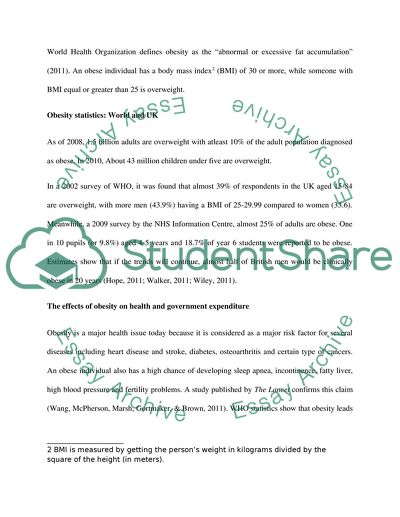Cite this document
(“Obesity: Analyzing Health Policy and Health Education Research Paper”, n.d.)
Obesity: Analyzing Health Policy and Health Education Research Paper. Retrieved from https://studentshare.org/health-sciences-medicine/1758471-health-policy-and-health-promotion
Obesity: Analyzing Health Policy and Health Education Research Paper. Retrieved from https://studentshare.org/health-sciences-medicine/1758471-health-policy-and-health-promotion
(Obesity: Analyzing Health Policy and Health Education Research Paper)
Obesity: Analyzing Health Policy and Health Education Research Paper. https://studentshare.org/health-sciences-medicine/1758471-health-policy-and-health-promotion.
Obesity: Analyzing Health Policy and Health Education Research Paper. https://studentshare.org/health-sciences-medicine/1758471-health-policy-and-health-promotion.
“Obesity: Analyzing Health Policy and Health Education Research Paper”, n.d. https://studentshare.org/health-sciences-medicine/1758471-health-policy-and-health-promotion.


